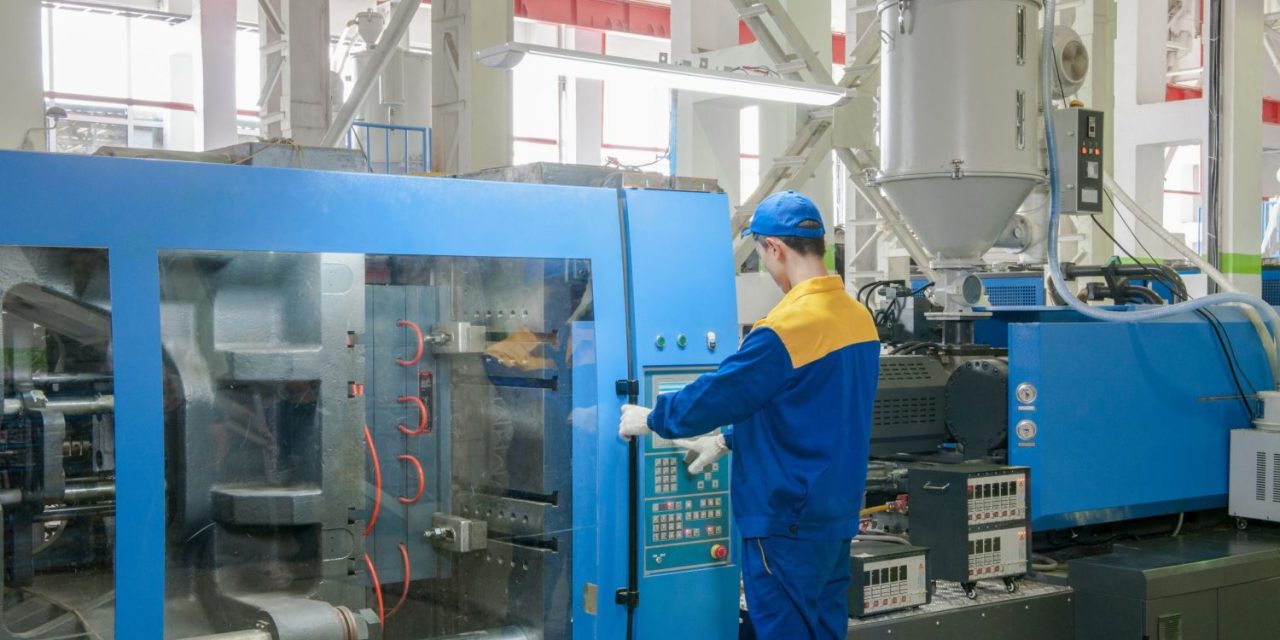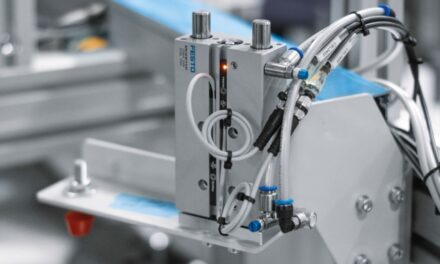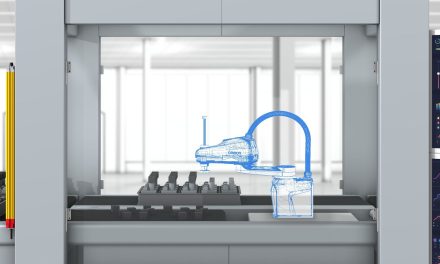With its ability to produce larger production volumes of plastic parts cost-effectively, injection molding is often a common manufacturing solution for many engineers. However, without proper attention to the design of components, there are risks associated with the process. Get It Made Director and manufacturing expert Luke Smoothy addresses five common issues associated with injection molding and how to avoid them.
Issue #1: Flow lines
Also known as flow marks, flow lines can be defined as linear grooving, on the surface of a moulded part, indicating the flow direction of the molten plastic. They are off toned in colour and may also appear as circular ripples on the plastic product’s surface, commonly near the gate (the entry point of the molten plastic into the mould).
Flow lines not visible to the consumer may be acceptable for some parts, but generally they can be unsightly and are often rejected. The flow lines patterns are often unpredictable and can stand out due to their colour differentiation.
Cause: The varying cooling rates and flow velocities within the molten plastic flowing through the mould. These plastic flow variations create small bands of molten plastic, which later solidify. Often moulds with complicated designs will see the molten plastic change direction due to contours and bends inside the injection moulding tool. As the plastic passes through these sections with varying speeds, occasionally, the plastic will cool too quickly. Differing wall thicknesses can be another cause of flow marks, with the plastic solidifying at varying rates.
Prevention tips:
- Increase the injection speed and pressure, thus helping to maximise uniform filling and cooling of all cavities simultaneously.
- Redesign the mould to avoid sudden flow direction changes.
- Redesign the gate location / increase the gate cross-section area.
- Increase nozzle diameter & temperature.
- Lower mould pressure.
Issue #2: Jetting
This deformation happens within a moulded component when a jet of molten material solidifies before the cavity is full. This initial jet sets before the rest of the molten plastic has had time to solidify.
Jetting appears as a squiggly line on the injected mould’s surface, which will usually start from the initial gate of injection. This visible flow pattern can also cause substantial weaknesses.
Cause: One of the main culprits is excessive injection pressure. When the molten resin is injected through a small nozzle at extremely high pressure, the liquid will enter rapidly through the gate rather than filling the cavity gradually and evenly. Jetting can also occur when the melt temperature is too low, as the viscosity of the molten plastic becomes too high, increasing the resistance through the nozzle.
This initial plastic jet cools against the mould walls, solidifying as the remaining resin pushes into the mould. This action leaves impressions on the surface of the finished part.
Prevention tips:
- Reduce the injection pressure considerably to ensure the even injection of the material into the mould.
- Increase the melt and mould temperatures to prevent the initial material from solidifying too early.
- Position the gate(s) optimally, so that the material will fill the entire mould when injected.
- Increase the gate size to increase material flow.
Issue #3: Burn Marks
This refers to the discolouration in the final plastic product, on the surface or edge, often rust or dark brown in colour. Generally speaking, burn marks in injection moulding do not affect the part integrity; however, they can lessen the aesthetical quality of the finished product.
Cause: The issue occurs due to trapped air or the plastic becoming overheated in the heated barrel or nozzle, which in turn causes burn marks in the final part.
Prevention tips:
- Lower the overall temperature of the melting stage to prevent overheating completely.
- Reduce the resin injection speed, as this limits the risk of air becoming trapped inside the mould.
- Enlarge the gas vents & gates as this allows trapped air to escape the mould.
- Optimise the venting and degassing system.
Issue #4: Warping
This means deformation in injection moulded products, easily detected by the bowing or twisting of the part.
Cause: As molten plastic cools, the plastic contracts and reduces in size. As different areas of the mould cool at different rates, the plastic can shrink unevenly, causing variations in stress within the cooled part.
This stress results in bending and twisting of the finished part as it cools. For example, a flat part that has warped will no longer be flat. The problem is exacerbated when the plastic cools too quickly. Excessive temperatures and low thermal conductivity of the molten material can also worsen the problem considerably. Other causes of mould design warping can include irregular wall thickness, which can cause variations in cooling rates.
Prevention tips:
- Ensure that the cooling process is gradual and long enough to avoid uneven stresses on the material.
- Lower the temperature of the material or mould to prevent such rapid temperature change.
- Switch the material being used, choosing a polymer that shrinks less during cooling. This may be particle-filled thermoplastics or semi-crystalline materials.
- Redesign the mould to ensure maximum wall thickness and part symmetry. The more symmetrical the part, the greater stability during cooling.
Issue #5: Surface delamination
This occurs when thin layers on the polymer surface easily separate or peel off and is characterised by a flaking surface layer.
Surface delamination is a serious injection moulding defect, affecting the strength of the final component and significantly weakening it.
Cause: The common cause is, in fact, contamination of resin pellets or other base materials in the molten plastic mix. This foreign material does not bond with the original plastic material used in the mould. The two types are incompatible, causing this defect. Another cause is excess moisture or improper drying of the plastic.
Prevention tips:
- Increase the mould temperature.
- Pre-dry the material properly, as this removes any excess moisture.
- Redesign the mould, focusing on the injection nozzle to limit the dependence on the release agents.
- Smooth corners and turns in the mould design to reduce the sharp changes of direction for the flow of the mould.




